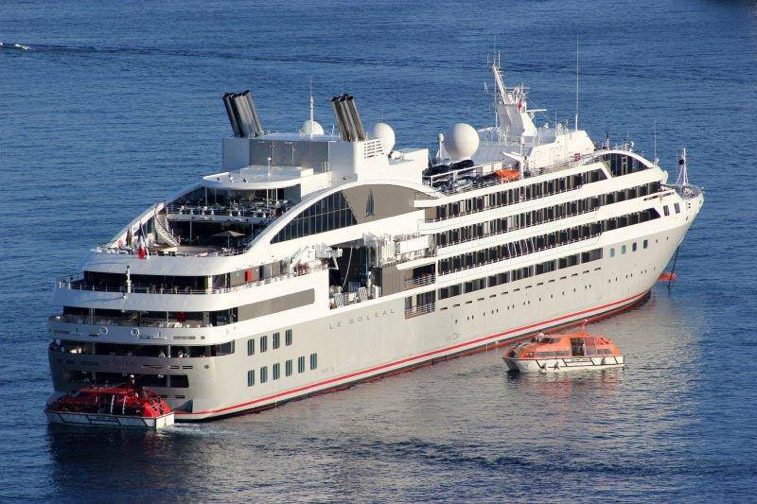
Editor’s Note: The August issue of Alaska Economic Trends, published by the Alaska Department of Labor & Workforce Development, spotlights the Valdez-Cordova area. In Whittier, tourism is a major economic pillar. Here is an excerpt from the report.
Many seafood processing workers travel to Whittier during the summer, when the town has more wage and salary jobs than it has residents. The town is also buoyed by summer tourism, and hosts about 700,000 visitors per year.
This highly seasonal economy means at the summer peak, the town’s employment can be twice the population, at 500 jobs and 253 residents — nearly all of whom live in a single building built by and originally for the military.
The military established itself in Whittier during World War II because the area provided a deep, far north, year-round, ice-free port. The federal railroad to Portage was completed in 1943 and became the primary debarkation point for cargo, troops and dependents of the Alaska Command, which remained active until 1960. At that time, the population was 1,200.
The town has so little buildable land and such a small population that a single building provides most of its needed housing. The 14-story Hodge Building, now called Begich Towers, was completed in 1957 and contains 150 apartments of varying sizes. At one time, it was one of the largest buildings in the state.
The town’s second-largest sector, leisure and hospitality, is tied to the Whittier Tunnel, owned by the State of Alaska. The combined one-way road and railway tunnel had its second-highest traffic year in history in 2015, with more than 240,000 vehicles passing through, mainly between May and August. Visitor traffic includes buses full of cruise ship passengers as well as independent tourists and travelers heading to or from the ferries.
Whittier hosted 29 cruise ships in summer 2016. The largest was the Star Princess, which can hold nearly 15 times the entire population of Whittier, at 3,700 passengers and crew.
Whittier also has strong ties to fishing, including commercial and sport fishing and marine support services. From a commercial standpoint, Whitter brings in less than 1 percent of the census area’s annual commercial harvest and gross earnings, but seafood processing is the town’s largest single source of jobs. As a result, Whittier’s average annual earnings were relatively low in 2015, at $34,490.
The future of the city’s seafood processing industry is uncertain, however, because its main employer, Great Pacific Seafoods, filed for Chapter 7 bankruptcy and closed its local processing plant in May. The closure means not just job loss but also the loss of revenue from the plant’s use of city water and sewer.
Sport fishing also boosts local tourism. Whittier has a harbor and boat launch that can accommodate 350 boats, and it’s at full capacity with a waiting list of five to seven years. During the summer peak, an average of 150 boats launch in a single weekend day, or one boat every 10 minutes.
You can read the whole report here. http://labor.alaska.gov/trends/aug16.pdf



